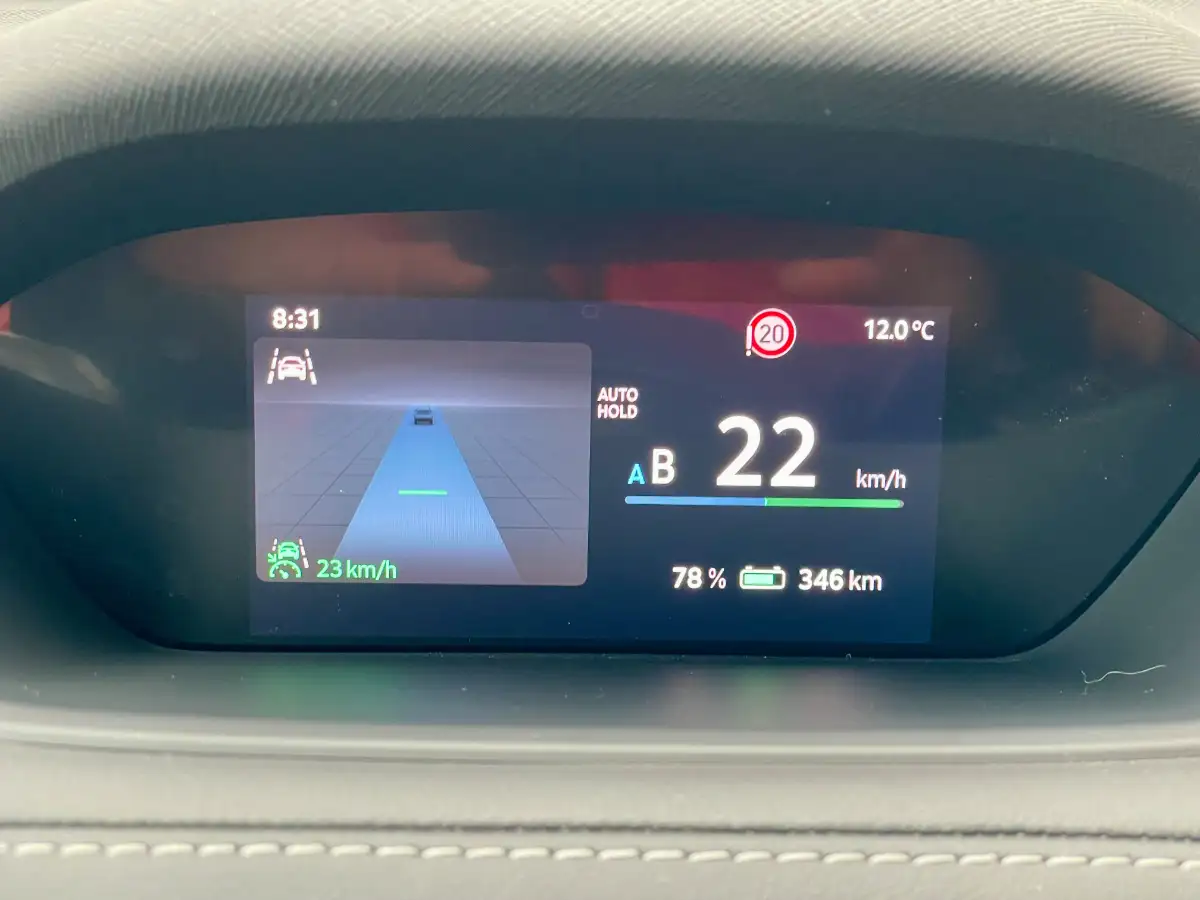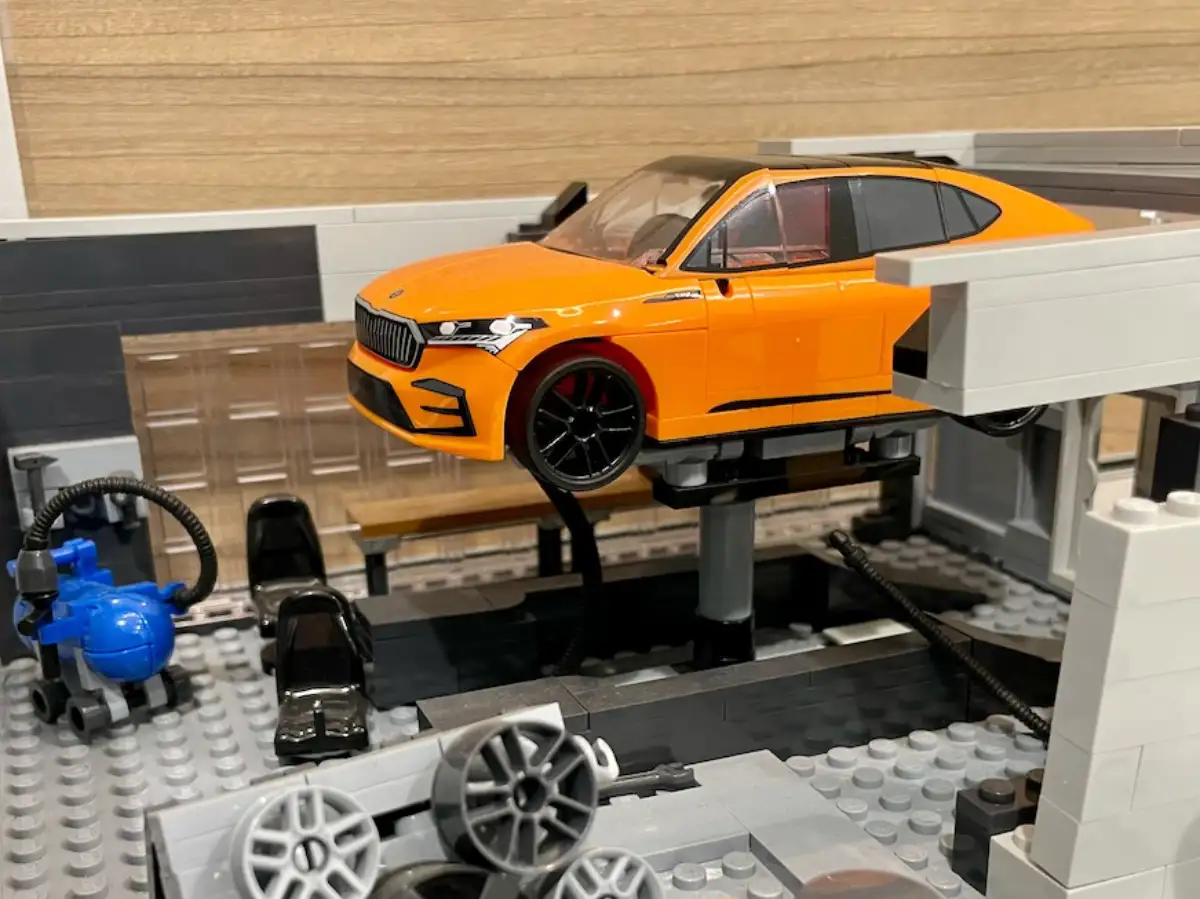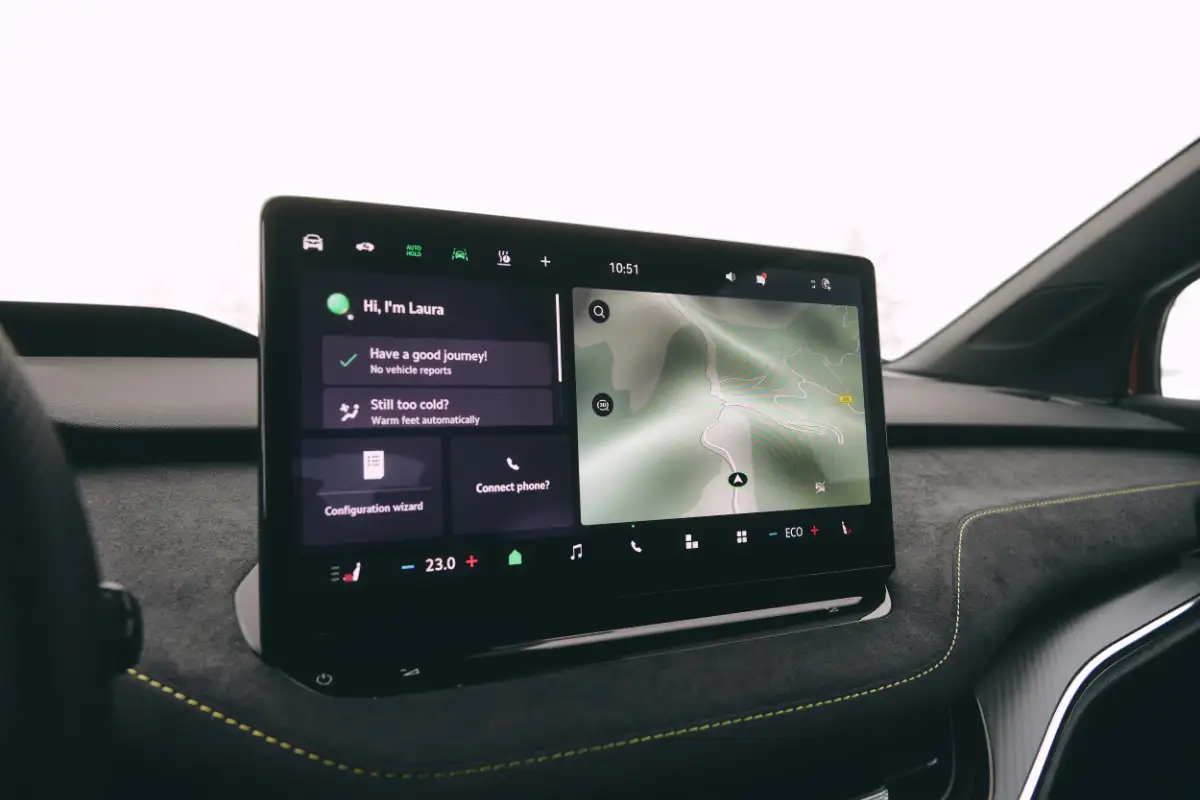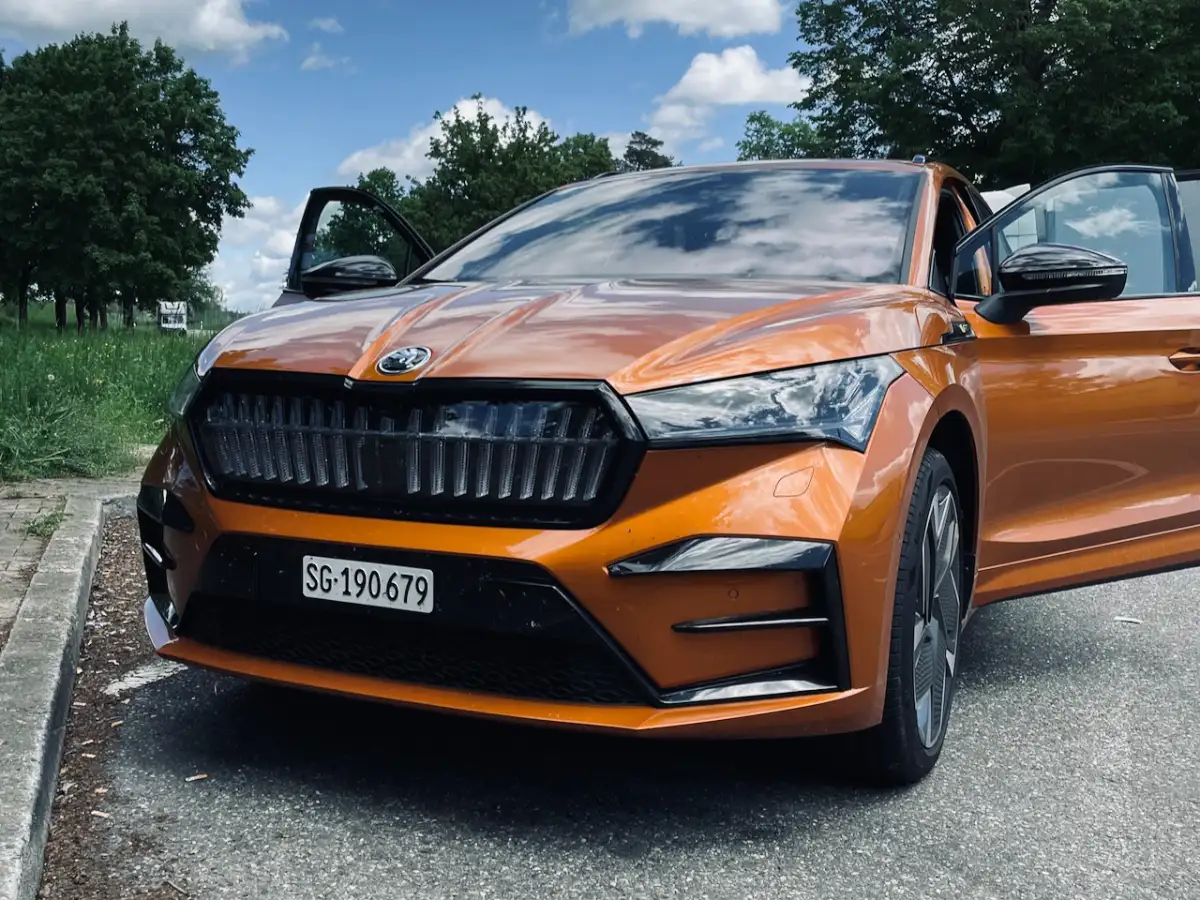As of 2024, new cars in the EU must be equipped with advanced driver assistance systems. One of them is Intelligent Speed Assist (ISA) – or more precisely, Intelligent Speed Adaptation, as it’s officially called. This system helps drivers comply with speed limits using traffic sign recognition based on cameras and map data.
What is ISA, and why is it mandatory?
ISA is part of the EU’s road safety initiative. It aims to improve traffic safety and reduce environmental impact by warning drivers when they exceed speed limits – and optionally by adjusting speed automatically.
The legal basis is EU Regulation (EU) 2019/2144, extended by a delegated act. ISA has been mandatory since 6 July 2022 for new vehicle types and applies to all newly registered vehicles in the EU from 7 July 2024.
Importantly: The EU does not mandate one specific technology or level of intervention. It leaves room for practical implementation. Manufacturers can choose between several methods – from visual and acoustic warnings to mild automatic interventions. All variants are legally equal and must be overrideable.
What feedback methods does the EU allow?
Manufacturers can implement one of the following four methods to alert drivers when speeding:
- Haptic feedback via the accelerator pedal
The pedal pushes back slightly. The driver can override it at any time. - Automatic speed control
Engine power is reduced without driver input. Again, override is always possible. - Staged acoustic and visual warnings
First a blinking speed limit display appears.
If the driver doesn’t respond, an acoustic signal follows.
Both time out automatically. - Staged vibration warning
First a visual signal, then pedal vibration.
Again, both time out automatically.
All four options are considered equally effective and legally valid.
Source: EUR-Lex: Regulation (EU) 2019/2144
How does Škoda implement ISA?
Škoda has opted for a driver-friendly implementation using option 3:
- If a new speed limit is detected that’s lower than your current speed, the symbol blinks in the display.
- An exclamation mark appears.
- A short acoustic tone sounds.
The speed is not automatically limited – you remain in full control.
Exception: If predictive adaptive cruise control (pACC) or Travel Assist is active and the setting “react to permitted speed” is enabled, your Škoda will adopt the new speed automatically, including acceleration or braking..
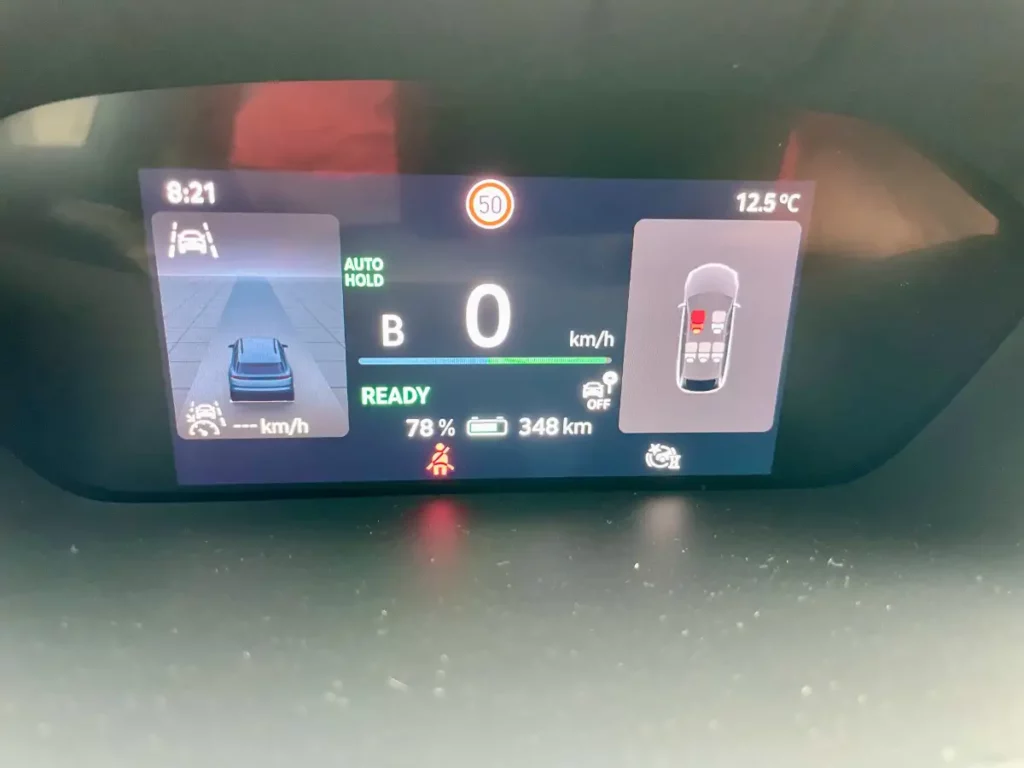
Why obeying speed limits matters
Even “just” 20 km/h over the limit can have major consequences:
- 120 km/h ≈ 33 meters/second
- 140 km/h ≈ 39 meters/second → 6 extra meters every second
In emergencies like traffic jams or sudden lane changes, this difference can mean life or death. The braking distance increases quadratically with speed – doubling speed means quadrupling the stopping distance.
According to a study by UDV (German Insurers’ Accident Research), speeding played a role in only 29% of rural road accidents, but caused 58% of fatalities.
Source: UDV study on road traffic accidents (German only)
What responsibility really means
You’ll often hear: “If I speed, I’ll take the blame if I get caught.”
But this argument misses the point:
- It’s not a right to break the law just because you accept the consequences.
- It’s not maturity to place your personal freedom above public safety.
- And being “caught” isn’t the worst outcome – endangering lives is.
Even if a speed limit seems unreasonable (e.g., forgotten after a construction site), ignoring it is still a violation. You’re taking a privilege you don’t have.
Road safety regulations aren’t about control. They’re the result of countless tragedies and the decision to protect lives.
When systems fail – and why that’s also dangerous
All that said, problems do exist – not in the regulation, but in technical implementation. ISA and traffic sign recognition systems are only as good as their data, sensors, and logic – and this is still a work in progress.
Common issue:
You’re on a highway with a clearly posted 120 km/h limit – but the system suddenly detects 60, perhaps due to a nearby exit sign or outdated map data.
This isn’t usually dangerous – the warning is harmless, just a blinking display and a sound. You can disable it.
But if “reaction to permitted speed” is enabled, your Škoda may brake suddenly. That’s a real risk, especially in fast-moving traffic.
You can cancel this if the detected limit is still shown in white – just pull the lever toward you (the ACC control on the steering column). But: sometimes the car adopts the speed without warning, which can be dangerous.
The cause? Not the EU regulation. It doesn’t mandate forced braking. The responsibility lies with the manufacturer, in three areas:
- Camera technology must reliably detect complex or temporary signage
- System logic must be context-sensitive
- Data quality must improve – maps need to be current and supplemented with real-time inputs
And yes, today’s systems still make too many recognition errors. That needs urgent improvement.
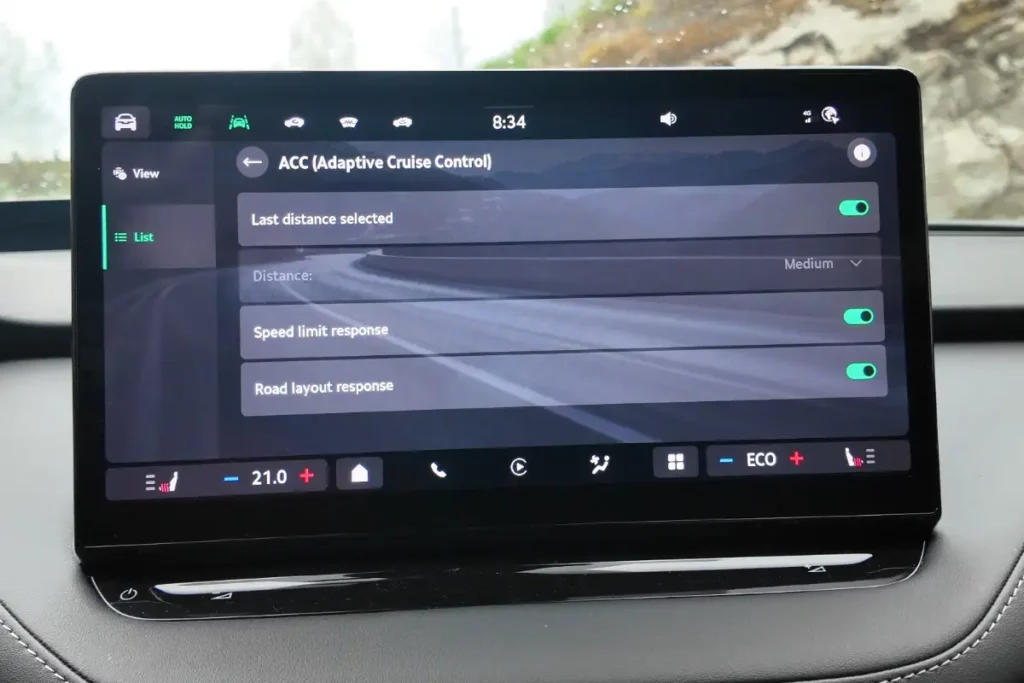
The solution: Vehicle-to-Infrastructure (V2I)
The long-term answer is Vehicle-to-Infrastructure (V2I) communication:
Signs, traffic lights, construction zones, and temporary limits send their info directly and digitally to your car – no need for cameras or map guessing.
V2I is factual, not interpretive and resilient against weather, visibility, or data errors. And so it is the missing puzzle piece for reliable ISA. Pilot projects are underway in Germany, France, Spain, and the Netherlands – but a full rollout needs investment, political will, and harmonization.

